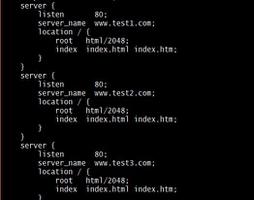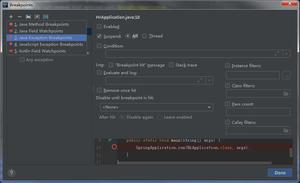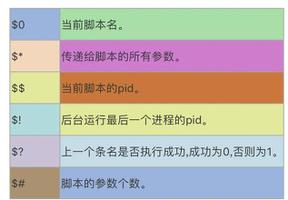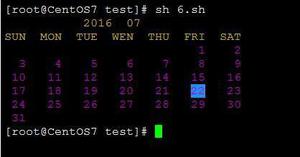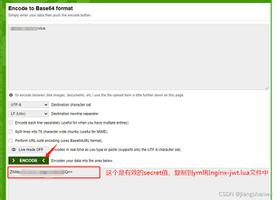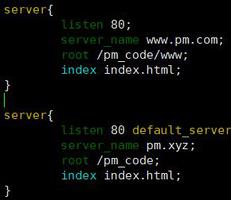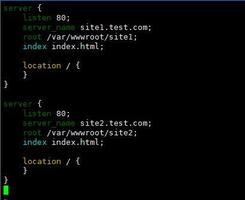为什么即使在 R 中使用 dplyr 将 na.rm 设置为 TRUE 也是 NaN?
如果na.rm使用 dplyr 包设置为 TRUE,则统计操作的输出将返回 NaN。为了避免这种情况,我们需要排除 na.rm。按照以下步骤了解 tw 之间的区别 -
首先,创建一个数据框。
na.rm如果数据框中存在 NA,则将数据框汇总为 TRUE。
汇总数据框而不设置na.rm为 TRUE。
创建数据框
让我们创建一个数据框,如下所示 -
例子
Group&li;-rep(c("First","Second","Third"),times=c(3,10,7))Response&li;-rep(c(NA,3,4,5,7,8),times=c(3,2,5,2,4,4))
df&li;-data.frame(Group,Response)
df
执行时,上述脚本生成以下内容output(this output will vary on your system due to randomization)-
输出
Group Response1 First NA
2 First NA
3 First NA
4 Second 3
5 Second 3
6 Second 4
7 Second 4
8 Second 4
9 Second 4
10 Second 4
11 Second 5
12 Second 5
13 Second 7
14 Third 7
15 Third 7
16 Third 7
17 Third 8
18 Third 8
19 Third 8
20 Third 8
汇总数据框并na.rm设置为 TRUE
加载 dplyr 包并用每组响应的平均值汇总数据框 df -
例子
library(dplyr)Group<-rep(c("First","Second","Third"),times=c(3,10,7))
Response<-rep(c(NA,3,4,5,7,8),times=c(3,2,5,2,4,4))
df<-data.frame(Group,Response)
df%>%group_by(Group)%>%summarise(mean=mean(Response,na.rm=TRUE))
输出
# A tibble: 3 x 2Group mean
<chr> <dbl>
1 First NaN
2 Second 4.3
3 Third 7.57
汇总数据框而不设置na.rm为 TRUE
用每组响应的平均值总结数据帧 df 而不设置na.rm为 TRUE -
例子
Group<-rep(c("First","Second","Third"),times=c(3,10,7))Response<-rep(c(NA,3,4,5,7,8),times=c(3,2,5,2,4,4))
df<-data.frame(Group,Response)
df%>%group_by(Group)%>%summarise(mean=mean(Response))
输出
# A tibble: 3 x 2Group mean
<chr> <dbl>
1 First NA
2 Second 4.3
3 Third 7.57
以上是 为什么即使在 R 中使用 dplyr 将 na.rm 设置为 TRUE 也是 NaN? 的全部内容, 来源链接: utcz.com/z/341473.html

